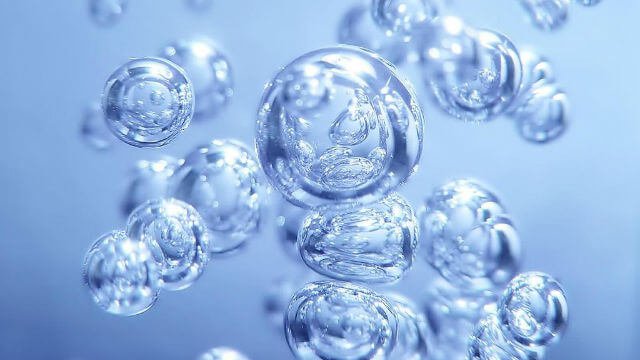Ian: This conversation occurred on a Facebook group between a new member and Randy Sharpe, convenor of the group. It's an excellent explanation of an oft misunderstood bit of chemistry.
New Member
I was told that Hydroxyl Radicals are really bad for the body and the chemical symbol is HO so if you have a free H molecule it can latch onto HO and create H2O which is rather clever if it works like that.
However in creating H from H2O, are you not also creating Hydroxyl Radicals? Would love to have it explained !
Randy Sharpe:
During electrolysis, hydrogen ions (H+ or protons) in the supply water are reduced to H atoms (H) as they receive electrons from the cathode (2H+ + 2e- => H2). No hydroxyl radicals (*OH) are produced during this reaction.
Then the H atoms, which are very unstable free radicals, pair-up to form H2 gas. It is true that, since a hydroxyl radical is one hydrogen atom shy of being a water molecule, adding an H atom to a hydroxyl radical would result in the formation of a water molecule.
We have known for many years that H2 can reduce the levels of hydroxyl radicals in the body, and the assumption was that this was occurring via conventional free-radical scavenging; i.e., H2 + 2(*OH) => 2H2O, where H2 splits into two H atoms and neutralizes two hydroxyl radicals, producing two water molecules.
But, because the reaction kinetics between H2 and *OH are so poor, we now believe that, in the body, another mechanism (signal modulation) is responsible for the decrease in the levels of hydroxyl radicals.

